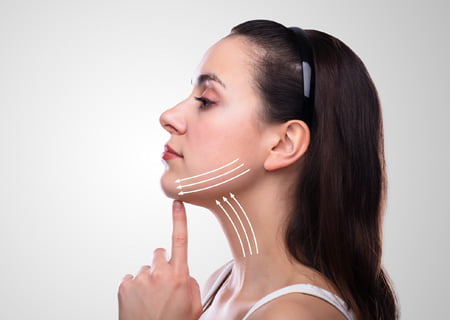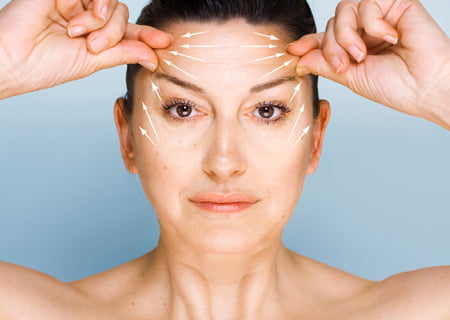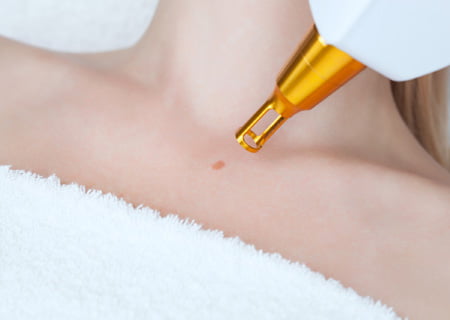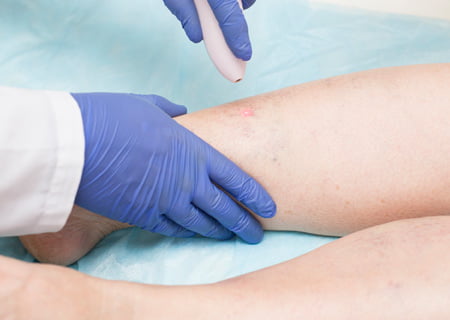When is the Best Time to get a Rhinoplasty?

If you are reading this, you are probably considering a rhinoplasty. Timing can play an important role in the post-operative recovery process. Experts recommend that you should book a Winter rhinoplasty because cooler temperatures and less exposure to sunlight are good for managing post-rhinoplasty swelling and overall healing.
Cold Temperatures like with Ice Packs can mitigate Swelling and Bruising
You may be familiar with using an ice pack to aid healing after an injury. An important benefit with winter rhinoplasty is the colder temperature. The cool air can relieve swelling and bruising – two common after-effects of rhinoplasty. You’ll feel better as the cooling effect reduces inflammation and experience a smoother healing process. This can potentially contribute to the overall appearance of your nose when it’s completely healed.
Holidays are better for Recovery
Recovery after a surgery will result in some downtime. The Summer and Winter season brings extended holidays, presenting an ideal opportunity for recovery. Time off means you can rest and recover with the stress of returning to work or school. A longer recovery period allows proper healing. There is a lower risk of accidental impact to your nose during a daily activity, which may happen if you return to them right after your surgery.
Mitigated Exposure to Sunlight can reduce Potential Scarring
People also search
You tend to spend more time indoors in Winter. In the summer. You can wear wide brim hats or baseball caps. This is good for reducing post-rhinoplasty swelling. You are less likely to be exposed to direct sunlight, which can prevent potential scarring and stimulate healing. This is especially true in Canada, where Winter days are shorter. It limits exposure to the Sun and UV radiation. This is beneficial for the delicate healing your nose needs after a rhinoplasty procedure.
Maintenance Tips if you get a Rhinoplasty during Spring Time
While Winter and summer are good times for your rhinoplasty , scheduling constraints may force you to undergo the procedure during other times of the year. If this is the case, you can follow these maintenance tips to ensure proper healing.
Stay Hydrated
Water is required in most biochemical processes in the body. So, hydration is vital to healing while dehydration delays it. During warmer months, you are also more likely to lose fluids through sweating. Drink plenty of water every day to stay hydrated and to boost healing.
Avoid Public Pools
You may be tempted to cool off in a pool on a hot day, but it’s best to avoid public pools while you are recovering. Public pools may expose your nose to bacteria and contaminants, which could cause infections and slow down healing.
Manage Allergies and Avoid Triggers
If you suffer from allergies, Sneezing and sniffling can delay healing. In some cases, it can even damage the delicate healing tissues of the nose. If you have known allergies, discuss with your doctor how you can effectively manage them and avoid any known trigger in the post-rhinoplasty recovery period.
Follow-Up Appointments
It is essential that you stick to your doctor’s advice about follow-up appointments, regardless of the season. In these check-ups, your doctor can monitor your progress, spot and treat any issues, and provide maintenance recommendations. Follow-ups can help to prevent any complications and ensure the best possible outcome from your surgery.
Winter and Summer Rhinoplasty offers several benefits for post-surgery recovery. However, you can achieve best outcomes any time of the year with proper care and attention. Follow your surgeon’s pre- and post-surgery recommendations, and take the necessary measures to promote healing. Whether you undergo Rhinoplasty during colder months to take advantage of the cooler weather or during summer due to scheduling constraints, these maintenance tips can go a long way in ensuring a successful outcome and a smooth recovery.
Remember that the best time to get rhinoplasty is when you are physically and mentally prepared for the surgery as well as the post-surgery recovery. Consult an experienced plastic surgeon to discuss your needs and goals in order to determine the best timing for your procedure.
















